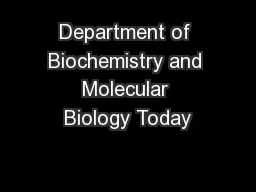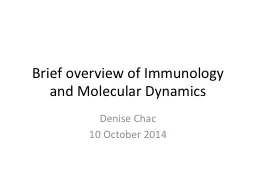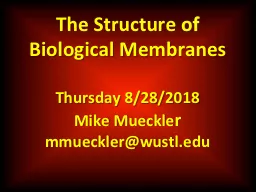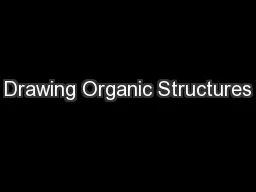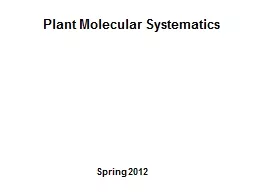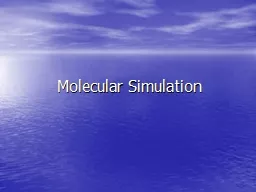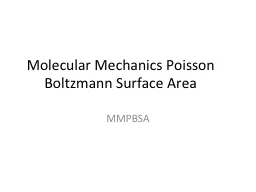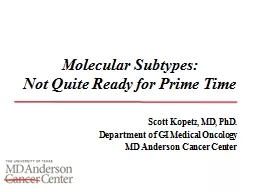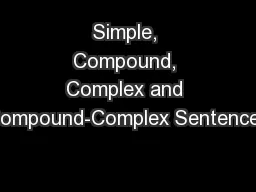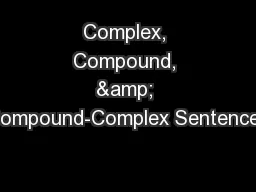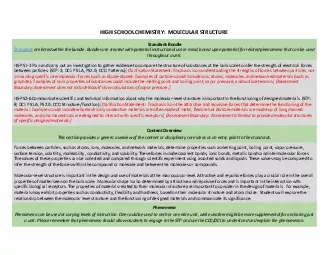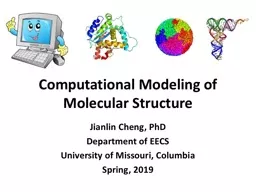PDF-The molecular structure of the complex of Ascarischymotrypsinelastase
Author : roberts | Published Date : 2022-09-07
680 Structure 1994 Vol 2 No 72830 squash seed trypsin inhibitor squash seedinhibitor family 31 serpins 3238 and hirudin3940 The inhibitors from these different familieshave
Presentation Embed Code
Download Presentation
Download Presentation The PPT/PDF document "The molecular structure of the complex o..." is the property of its rightful owner. Permission is granted to download and print the materials on this website for personal, non-commercial use only, and to display it on your personal computer provided you do not modify the materials and that you retain all copyright notices contained in the materials. By downloading content from our website, you accept the terms of this agreement.
The molecular structure of the complex of Ascarischymotrypsinelastase: Transcript
Download Rules Of Document
"The molecular structure of the complex of Ascarischymotrypsinelastase"The content belongs to its owner. You may download and print it for personal use, without modification, and keep all copyright notices. By downloading, you agree to these terms.
Related Documents


